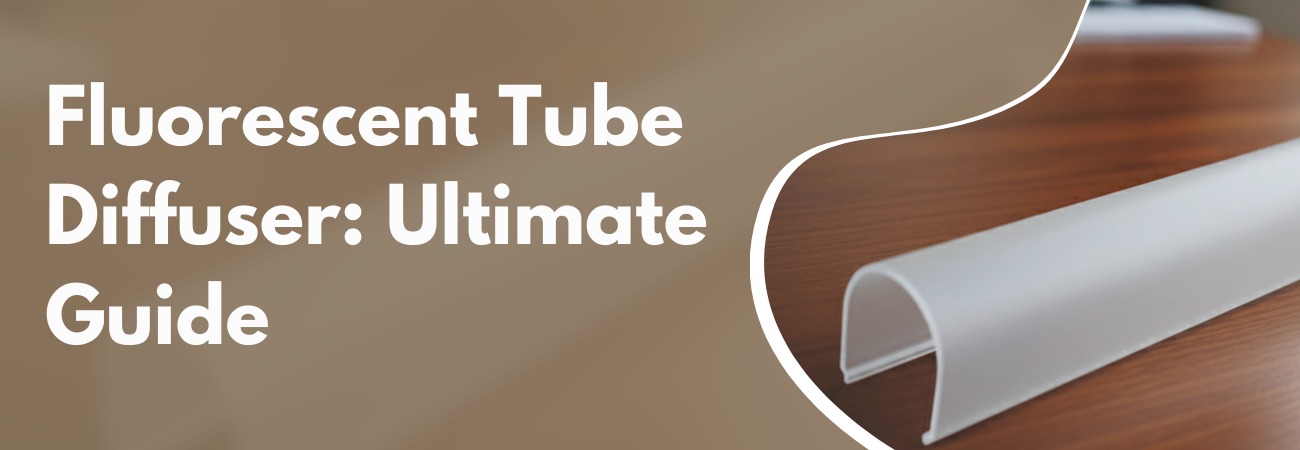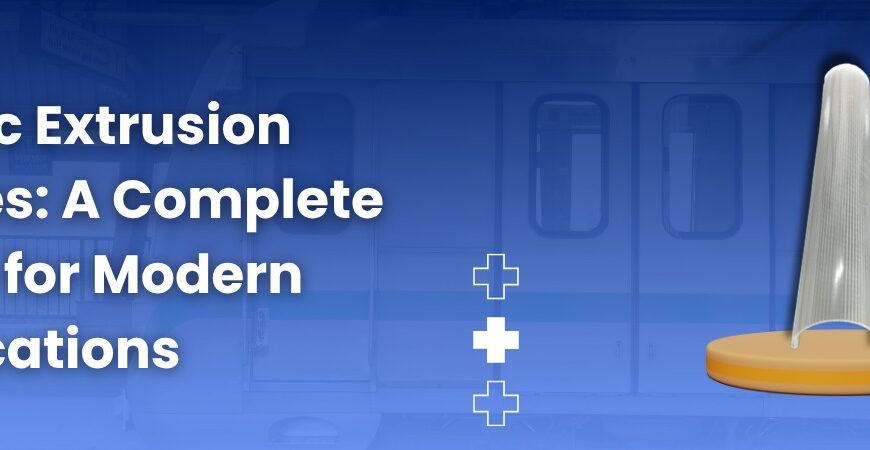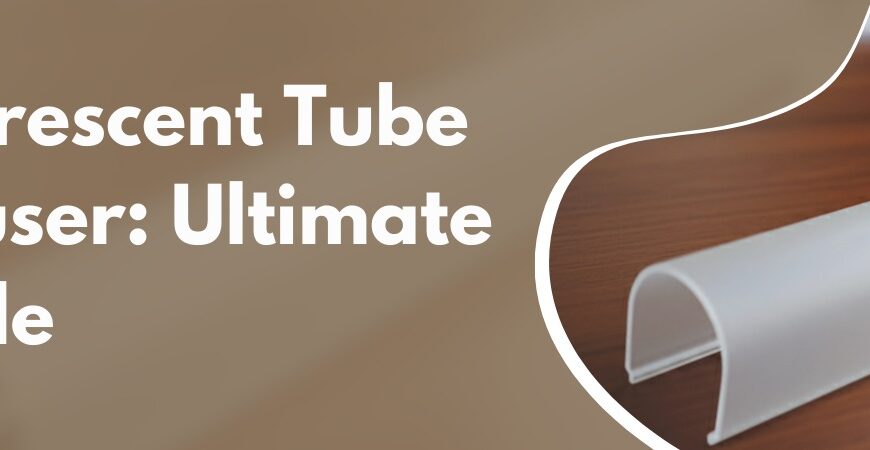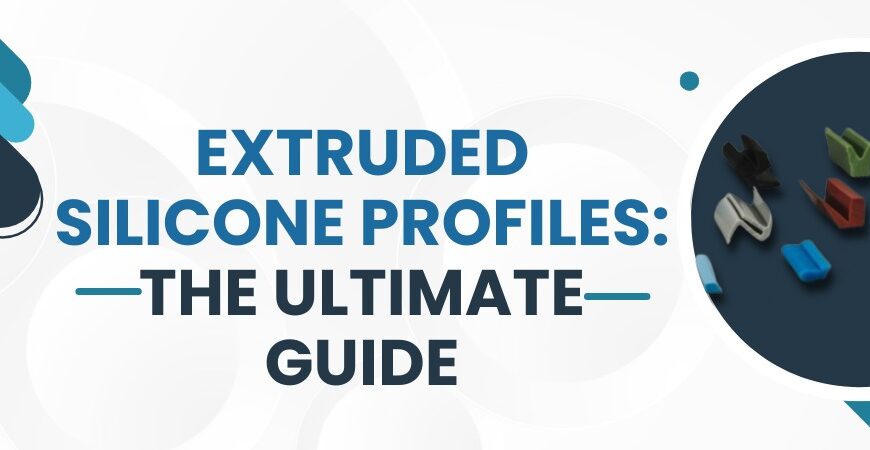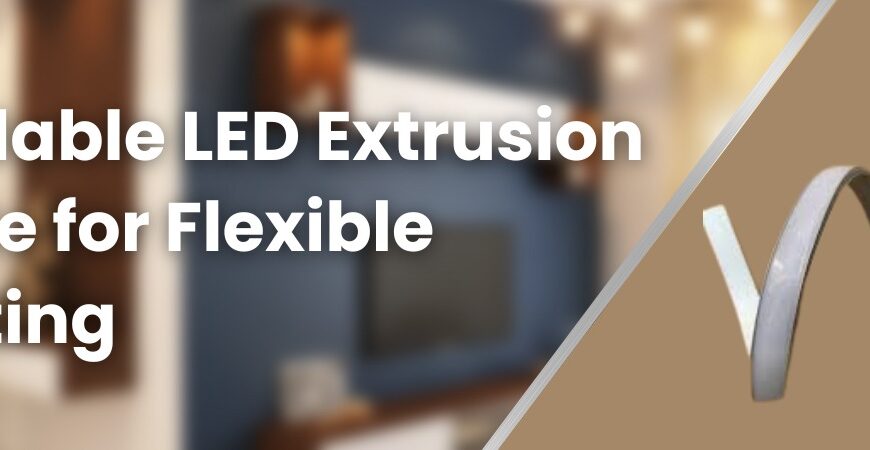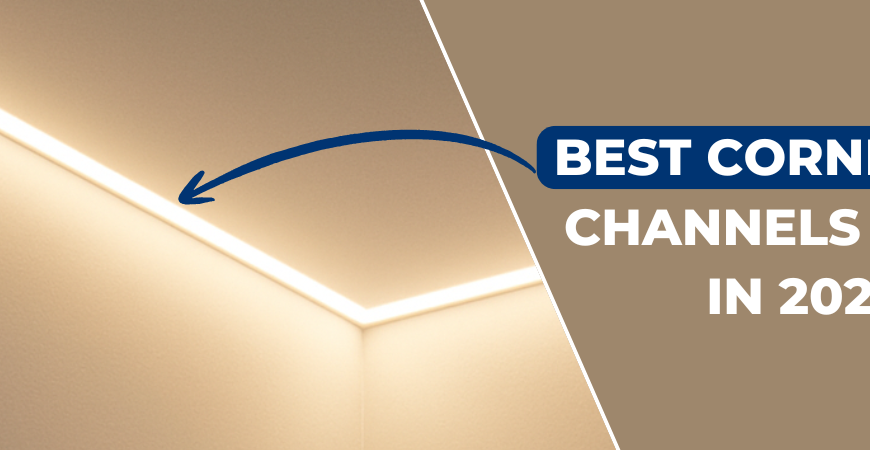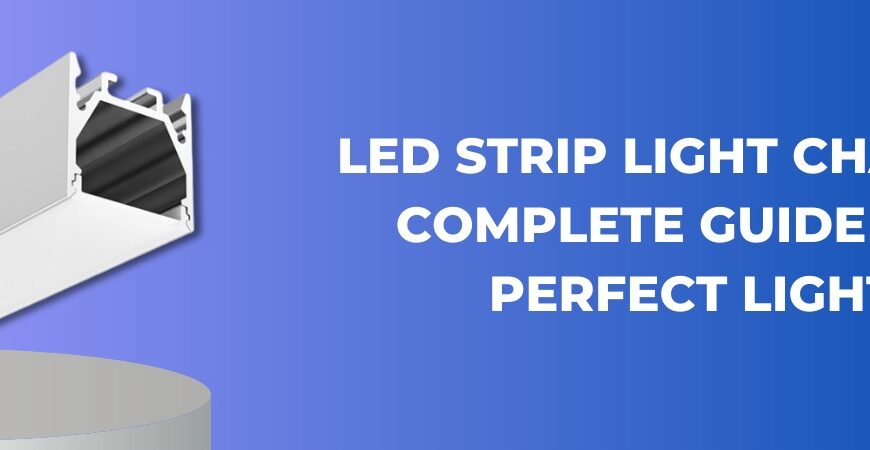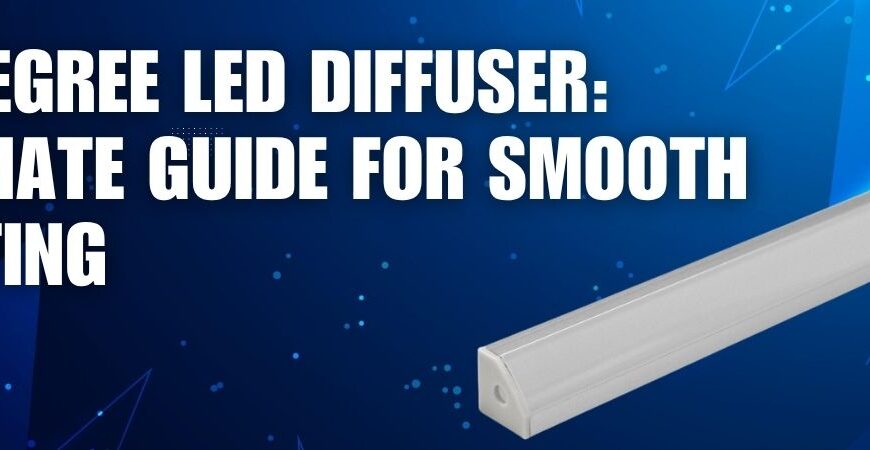Introduction
Modern lighting design is all about elegance, efficiency, and versatility — and the silicone LED diffuser delivers all three. Whether you’re designing interior lighting, architectural highlights, or outdoor illumination, a silicone diffuser ensures soft, uniform light distribution with a professional finish.
But beyond silicone, there are several other diffuser options such as recessed light diffusers, roof light diffusers, round light diffusers, and rubber LED diffusers — each serving unique lighting purposes. This comprehensive guide explains how these diffusers work, their benefits, and how to choose the perfect one for your lighting needs.
What Is a Silicone LED Diffuser?
A silicone LED diffuser is a flexible, heat-resistant light cover made from high-quality silicone that fits over LED strips or profiles. It softens the light output, eliminates glare, and ensures smooth illumination across any surface.
Unlike acrylic or PVC, silicone maintains flexibility and durability even under heat or moisture, making it ideal for both indoor and outdoor lighting setups.
Key Benefits of Silicone LED Diffusers:
- Superior flexibility for curved or corner installations
- Excellent heat and UV resistance
- Non-yellowing and long-lasting performance
- Easy installation and maintenance
Why Silicone LED Diffusers Are Revolutionizing Lighting Design
Perfect Light Diffusion
They ensure uniform brightness and eliminate LED hotspots — ideal for both residential and commercial lighting.
Flexible and Durable
Their silicone construction allows bending around edges or curved surfaces without cracking.
Weatherproof Design
Silicone diffusers are water-resistant, making them suitable for exterior applications such as roof light diffusers.
Customizable Options
Available in various shapes and sizes — from round light diffusers to recessed profiles and rubber LED diffusers for flexible lighting channels.
Exploring Different Types of LED Diffusers
1. Recessed Light Diffuser
A recessed light diffuser is designed for lights installed within ceilings, walls, or furniture grooves. It helps achieve a clean, modern look where the light source remains hidden but its glow enhances the space.
Best for:
- False ceilings
- Under-cabinet lighting
- Architectural accents
Advantages:
- Creates seamless, glare-free illumination
- Compatible with silicone profiles for added flexibility
- Enhances minimalist interiors
2. Roof Light Diffuser
A roof light diffuser is used in skylights, atriums, and commercial roofing systems to spread daylight or LED lighting evenly.
Benefits:
- Distributes natural or artificial light uniformly
- Reduces glare and energy consumption
- Ideal for large commercial spaces or industrial sheds
Silicone or polycarbonate-based roof light diffusers are popular for their durability, impact resistance, and UV protection.
3. Round Light Diffuser
A round light diffuser offers aesthetic appeal in pendant lights, ceiling fixtures, and decorative lamps. Typically made of silicone or acrylic, it helps soften light while maintaining brightness.
Common Applications:
- Ceiling pendant lights
- Wall sconces
- Circular architectural fixtures
Advantages:
- Provides elegant, even illumination
- Enhances decorative lighting designs
- Pairs well with silicone LED strips
4. Rubber LED Diffuser
The rubber LED diffuser is similar to silicone but made from softer rubber material. It is often used in flexible LED profiles, automotive lighting, or curved installations.
Key Features:
- High elasticity for complex shapes
- Moisture and dust resistance
- Cost-effective and durable
Perfect For:
- Outdoor pathways
- Car and bike lighting systems
- Architectural accents
How to Install a Silicone or Rubber LED Diffuser
Installing a silicone or rubber LED diffuser is straightforward and requires minimal tools.
- Prepare the Channel: Clean the aluminum or plastic LED profile.
- Measure and Cut: Trim the diffuser and LED strip to desired length.
- Insert the Strip: Place the LED strip into the channel evenly.
- Attach the Diffuser: Gently press the diffuser into the profile until it snaps in place.
- Seal (if outdoors): Use waterproof adhesive for exterior installations.
Design Ideas Using Different Diffusers
Here are creative ways to combine silicone LED diffusers with other diffuser types:
- Use recessed light diffusers in false ceilings for hidden linear lighting.
- Combine roof light diffusers in industrial sheds for daylight balancing.
- Install round light diffusers in pendant or spotlight fixtures for elegance.
Use rubber LED diffusers for curved architectural outlines or signage lighting.
Choosing the Right Diffuser for Your Project
When selecting between silicone, recessed, roof, round, or rubber diffusers, consider these factors:
- Application Environment: Indoor vs outdoor
- Lighting Effect Desired: Soft, bright, or decorative glow
- Shape and Design: Linear, circular, or recessed profiles
- Material Durability: Resistance to heat, UV, and impact
For the best all-around performance, a silicone LED diffuser is recommended, as it blends durability with superior light diffusion.
FAQs
A silicone LED diffuser provides unmatched flexibility, heat resistance, and even light distribution — outperforming acrylic or rubber alternatives.
A recessed light diffuser conceals LED strips within ceilings or furniture, offering sleek, glare-free lighting.
Yes, roof light diffusers are excellent for spreading natural or artificial light evenly across rooftops or skylights.
Not at all. While round light diffusers add style, they also improve light uniformity and reduce glare in pendant and ceiling lights.
A rubber LED diffuser is slightly softer and more elastic, while silicone provides higher thermal resistance and longevity.
Yes, they are UV and weather-resistant, making them perfect for outdoor or damp environments.
Absolutely! Many designers blend silicone, recessed, and round diffusers to create layered, dynamic lighting effects.
Use a soft microfiber cloth with mild detergent. Avoid abrasive cleaning agents that can damage the surface.

